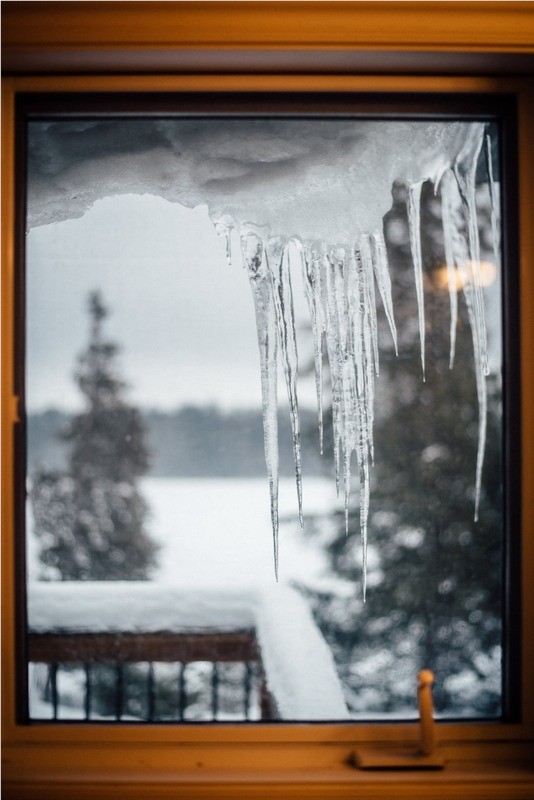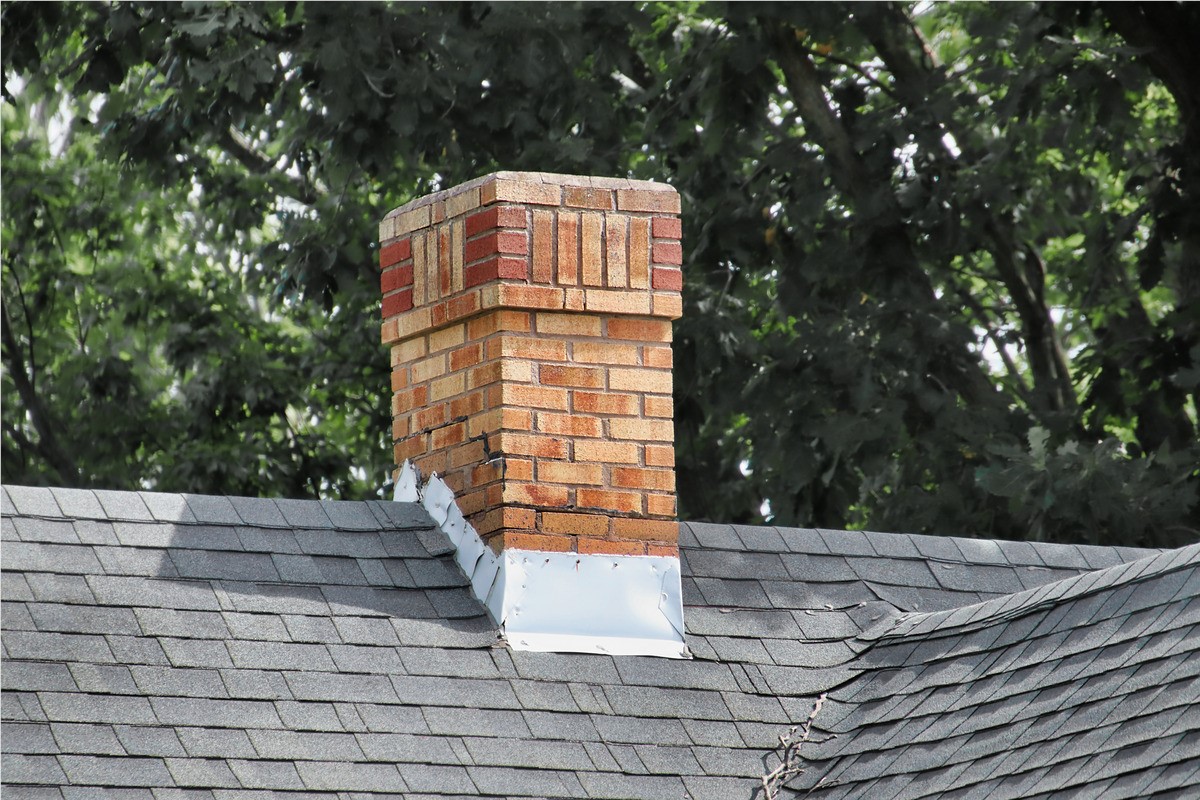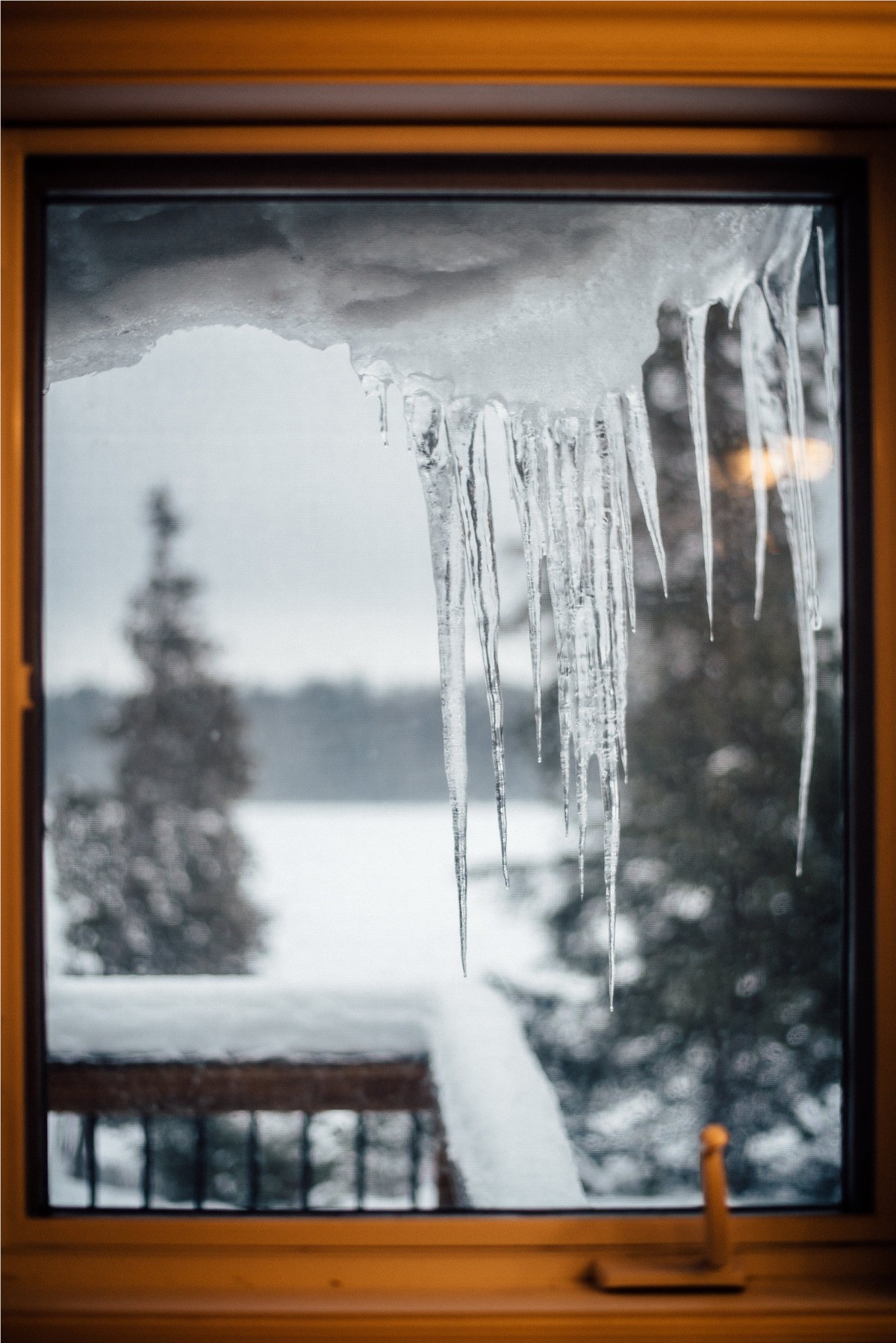
If you’ve ever walked past an exterior door or window and felt a significant temperature fluctuation, you’ve likely experienced an air draft in your home. Air drafts can appear in different places throughout your home.
There are different solutions (some temporary) that the DIYer can handle and other long-term solutions that homeowners should entrust to a local contractor. Regardless of how you address an air draft, your HVAC system will thank you!
In Shanco’s blog, we’ll cover the following:
What are the causes of air drafts?
What is an air draft?
How can I stop air drafts?
What are proactive steps that I can take to find air drafts?
What Are the Signs of Air Drafts?
An air draft typically involves finding a cold spot around your home where air leakage is happening. This leaking air impacts your utility bills and reduces your home’s energy efficiency. You may find cold air around windows and doors, attic and attic entry points, and even electrical outlets on the exterior walls of your home.
If your energy bills are inexplicably more expensive than previous years, homeowners should look at running some tests around the home to pinpoint the area of heat loss. Once those areas have been pinpointed, take steps to seal air leaks.
What Causes Drafts?
There isn’t a 100% cause of air drafts. It all depends on where you are experiencing a draft. A big culprit is general wear and tear that regular inspections will curtail. Additionally, updating parts of your home that are out of date or susceptible to developing leaks will go a long way in keeping your home draft free.
Top Tips to Eliminate Air Drafts
Windows- there are three big culprits around windows- the insulation around your window frame, exterior caulking deterioration, and single pane windows (or windows with failed seals).
If the insulation needs replaced, pull out the interior window trim and remove the old insulation. Using spray foam, refill the cavity and cut away the excess.
Single pane windows used to be common. Modern window technology has made them largely obsolete. That said, they are still out there in homes. If window replacement is not an immediate project, look for window cling plastic that seals the cold surge off from the house.
Finally, look at the condition of the exterior caulking during your bi-annual exterior window inspection. Any gaps, rips, or missing caulking is an opportunity for air leaks.
Exterior Doors- Door materials are solid and typically do not conduct the cold. However, there are door features that can fail and leave an opening for cold air penetration. Every spring and fall take the time to inspect the weatherstripping, door sweep on the bottom of the door, and exterior door frame caulking to prevent air loss.
Outlets Drafts- Outlets found on exterior walls can be a source of cold air entry. Visit your local hardware store to acquire outlet gasket insulation. It fits easily behind your outlet covers and seals against the cold.
Attic Access and Light Fixtures- your attic is not meant to be the same temperature as the rest of your house. If the attic access allows cold air to enter your living space, you need to update the entry point. Light fixtures can be a culprit too if they are along the attic space. Ensuring the fixture is sealed with caulking will prevent air from entering your living space and warm air entering during the summer months.
How to Find Air Drafts
While the idea of detecting air leaks may feel daunting, there are some great DIY tests that homeowners can complete quickly and easily. No need for a fancy air leak detector. You can use common household products to find the leaks.
Flashlight Test- turn off the interior lights and shine a flashlight around exterior windows and doors. If you can see light entering the home, you’ve found an air leak.
Candle Test- move a lit candle around a place that you suspect you have an air leak. If the flame flickers, you’ve pinpointed an air leak. Safety note, before moving a lit candle around doors and windows, be sure to restrain or remove any flammable materials like curtains.
Dollar Bill Test- Place dollar bill in an open window or door and close it. Try to pull the dollar bill out. If it can be removed easily, you are likely losing air.
Shanco Has Been Helping Homeowners Since 2002
At Shanco, we pride ourselves on a job well done. We’ve been helping countless homeowners with replacement windows, siding, solar, and award-winning roof repairs, and replacement. Contact our award-winning home exterior contractors today.
Tags
Subscribe to Shanco's Blog





Comments